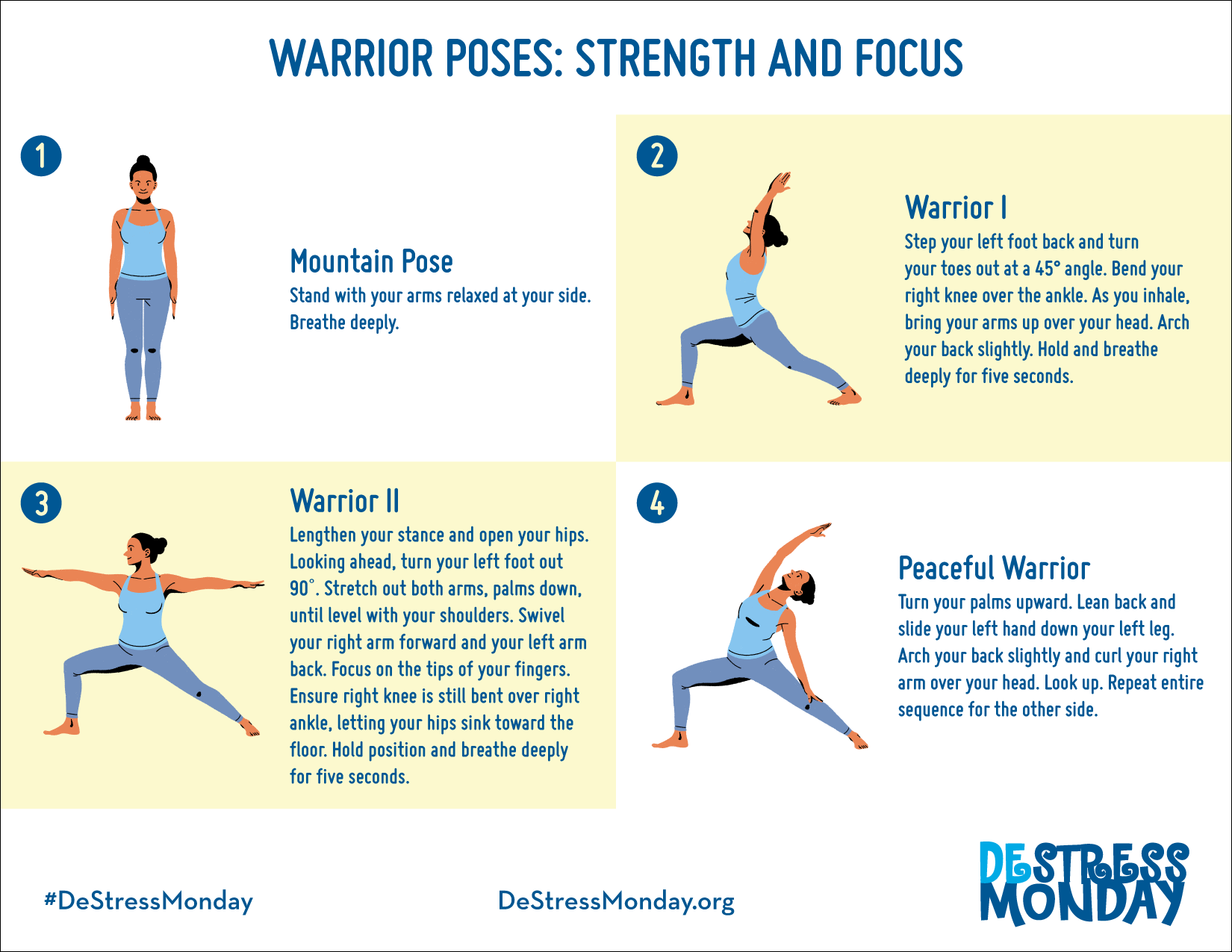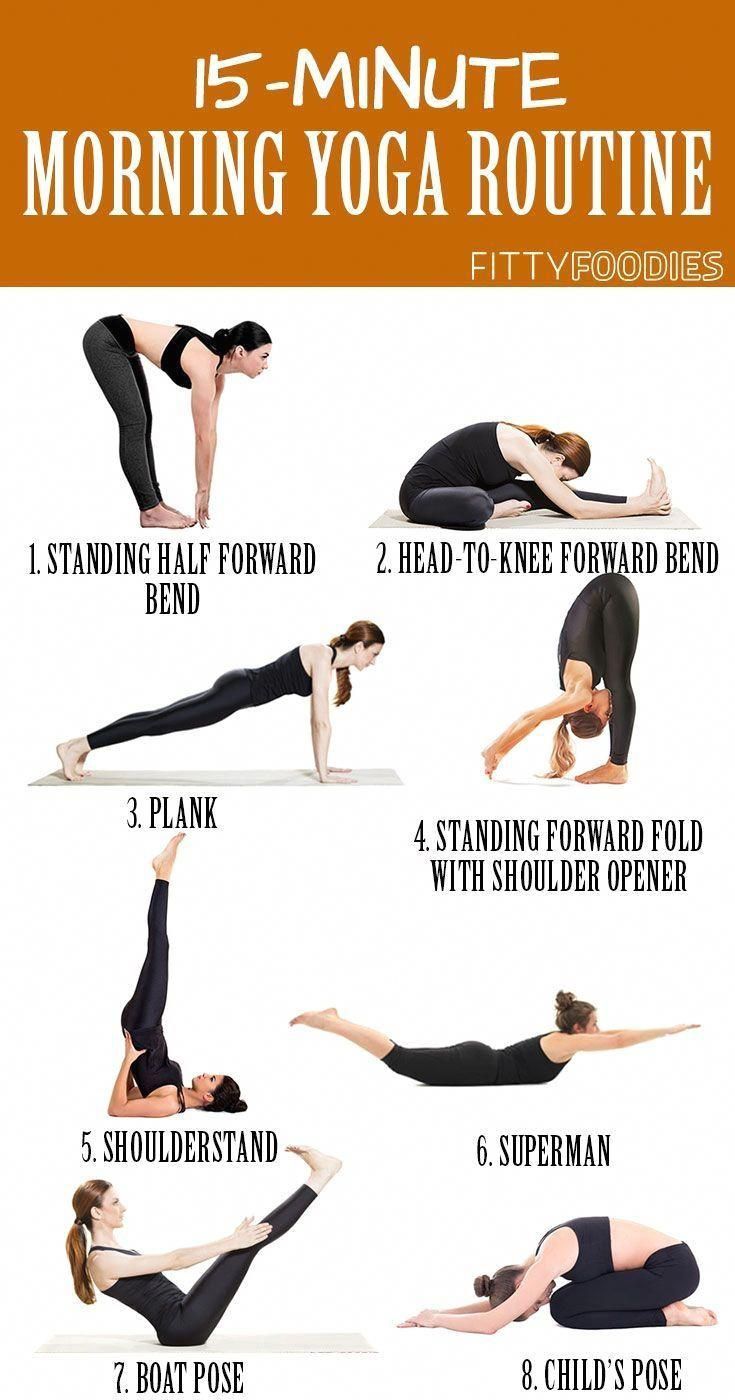
Yoga poses that you do on your legs can help strengthen your lower body and balance your body. It also improves your physical health. Yoga can also improve mental health, reduce stress levels, and enhance the quality of your sleeping.
The most common yoga pose, the legs up to the wall, is also known in Sanskrit as viparita Karaani, which benefits the pelvic area. It's useful for people with low bloodpressure and those who have low blood pressure. This pose is great for women experiencing menstrual cramps. It increases blood flow, decreases menstrual pain, relaxes the body and improves mood. It's also a great way increase flexibility of the spine and pelvic areas.
The pose can be modified to make it more accessible. The pose can be made easier by bending the knees slightly so your thighs are closer against the wall. You might also find it easier and more comfortable to balance by slightly bending your front foot. You can also bend your front leg slightly to help you balance.
A yoga mat is required to do the legs up-the-wall pose. You'll also need to place your tailbone on the wall. You should feel a slight stretch in your back. You shouldn't lock your knees. It is important not to lean forward. This can cause imbalance in the pose.

FAQ
Are yoga mats necessary?
Not necessarily. Many studios offer mats to students. These mats are made from rubber and are very easy to clean.
You can also purchase your mat. A mat of good quality will last for several years.
How long do yoga classes take?
Yoga classes can last from 45 minutes to 90. Some teachers offer shorter, longer, or both sessions throughout the week.
Can I do yoga every single day as a beginner and still be able to practice?
Yoga is a great way to stretch and strengthen your body. It helps you relax as well as release stress. Yoga doesn't require you to be an expert. Aim to practice yoga 20 minutes per day for beginners.
This is enough time for you to get started. You can gradually increase the amount you spend practicing.
Are 20 minutes of daily yoga enough?
Yoga should not just be exercise. It is a time to reflect on your life and how you live it.
My friend had been practicing yoga for many years and introduced me to it a few years ago. He told me that he did yoga for 20 minutes each morning, which helped him feel calmer throughout the rest of his day.
I tried it and noticed a significant improvement in my overall wellbeing. Since then I have been practicing yoga on a regular basis and it has helped me to relax and stay focused when I work at my desk.
It is important to find what works best for your needs and set realistic goals. Yoga does not have to be an exhausting activity.
How many types of yoga are there?
Bikram Yoga (Bikram Heated) is the most popular form of yoga. Other forms include Hatha, Ashtanga, Vinyasa, Iyengar, Kundalini, Yin, Power Yoga, Flow Yoga, Reiki, Pilates, Restorative, Aerial, etc.
What evidence does the research say about yoga for well-being?
Yoga has been shown effective in improving mental health, stress reduction, and overall well-being. Yoga can also help people lose weight and maintain healthy body mass index (BMI).
Yoga can help lower blood pressure and improve cardiovascular function.
These are only a few of the many benefits that yoga can bring.
The list can go on!
I'm already engaged in some form of physical activity. Is yoga still a good option?
Yes! Yoga can increase your training results even if it isn't physically demanding. When you combine yoga and other exercises like running, biking, swimming, or lifting heavy weights, you will see more results.
This is because yoga helps with proper breathing techniques that help you burn calories more quickly.
It can also increase your endurance. Yoga has many benefits, so it doesn't matter if you're an advanced or beginner yogi.
Statistics
- According to calorie estimates calculated at Harvard Medical School, the average 125-pound person burns about 120 calories in a half hour of hatha yoga, and a 185-pound person burns about 178 calories in that half hour. (everydayhealth.com)
- The people in the yoga group were 37 percent more likely to have quit smoking by the end of the 8-week program. (nccih.nih.gov)
- Gentle yoga has been shown to ease some of the discomforts of tender, swollen joints for people with arthritis, according to a Johns Hopkins review of 11 recent studies. (hopkinsmedicine.org)
- In comparison, a 125-pound person is estimated to burn 135 calories in 30 minutes of walking (at a pace of 15-minute miles) and 210 calories bicycling at a moderate pace on a stationary bike. (everydayhealth.com)
- The American Psychological Association recently shared that 84% of American adults feel the impact of prolonged stress (5). (healthline.com)
External Links
How To
What is the best location to practice yoga in?
There is no right or wrong way of practicing yoga. Every person is different. You only need to know which positions feel comfortable for you.
Here are some common postures:
For beginners, standing poses are a good choice because you can see your body from various angles. It is also easier to focus on your breathing with these poses.
Forward bends - Forward bends are often used to open up tight areas of the body. You can do them sitting down or lying down.
Backbends – Backbends are considered to be advanced poses. Ask your instructor for advice if you're interested in trying it.
Inversions: Inversions are poses where you balance on your side. This is a challenging but rewarding type of yoga.